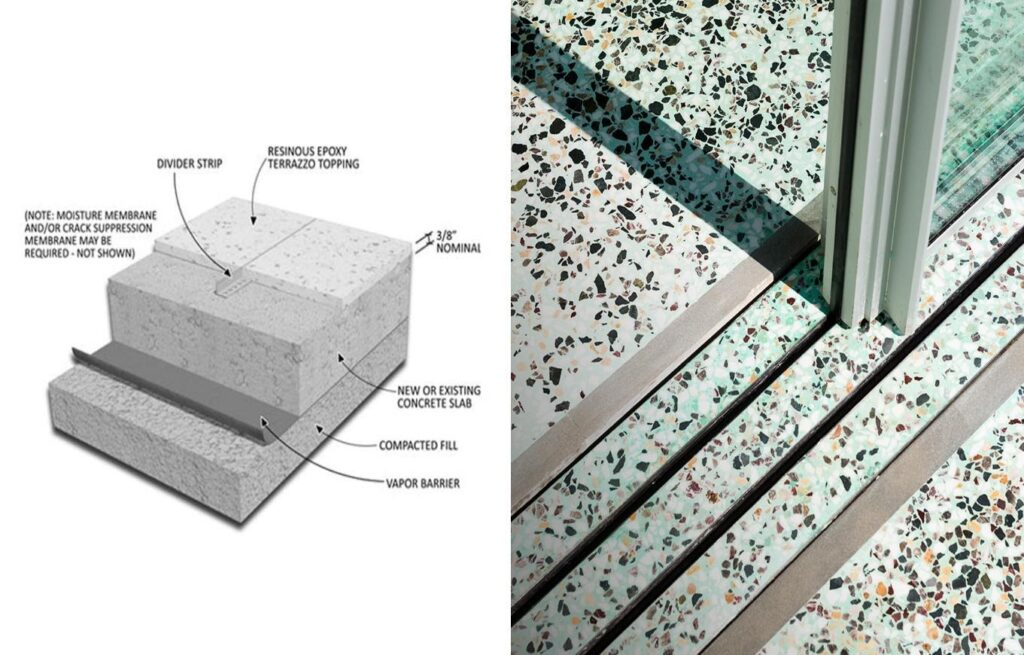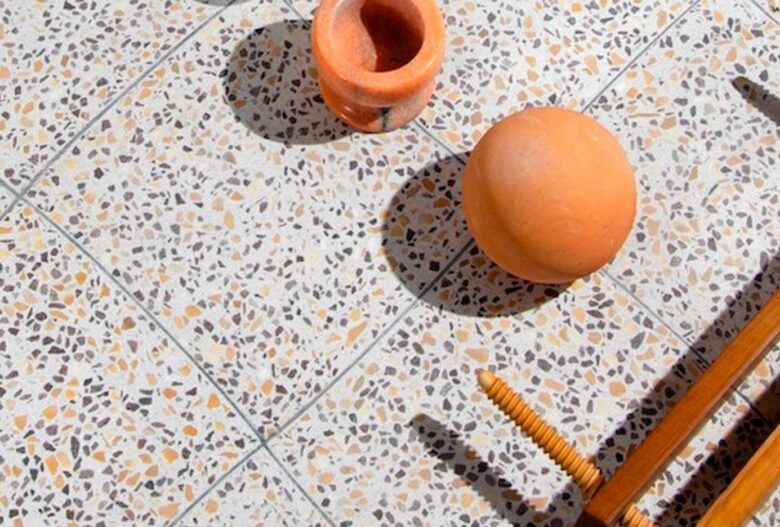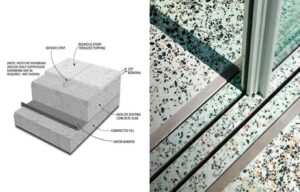Introduction
Subway tiles have long been celebrated as a design classic—simple, versatile, and elegant. But as homeowners grow more conscious of their environmental footprint, the demand for eco-friendly building materials has surged. Fortunately, subway tiles now come in a variety of sustainable options, allowing you to achieve timeless beauty while making responsible choices for the planet.
History and Origins of Subway Tiles
The story of subway tiles began in 1904 with the opening of New York City’s subway system. Designers George C. Heins and Christopher Grant La Farge chose the now-iconic 3×6-inch white tiles for their sleek look, reflective surface, and ease of cleaning. Their practicality and charm quickly spread into kitchens, bathrooms, and other interiors around the world, cementing subway tiles as a design staple.
Why Subway Tiles Are Timeless
More than a century later, subway tiles continue to stand the test of time. Their understated elegance makes them a perfect backdrop for both traditional and modern spaces. They can blend seamlessly into minimalist designs or act as a bold feature when paired with colored grout or creative layouts. And now, with sustainable production options, their appeal extends to eco-conscious homeowners seeking style without compromise.
Different Types of Subway Tiles
When choosing eco-friendly subway tiles, it’s helpful to understand the materials and finishes available:
- Ceramic Subway Tiles – Affordable, durable, and now often made with recycled content, reducing waste.
- Glass Subway Tiles – Frequently manufactured from post-consumer recycled glass, making them one of the greenest options.
- Recycled Porcelain Tiles – Made from reclaimed ceramic waste, these tiles offer a sustainable twist on a classic material.
- Marble and Stone Alternatives – While natural stone is beautiful, engineered stone tiles use recycled components, reducing quarrying impacts.
- Finishes – Glossy tiles reflect more light, reducing the need for artificial lighting, while matte finishes are slip-resistant and stylish.
- Sizes – The standard 3×6 tile remains popular, but larger or thinner variations allow for creative patterns without compromising eco-friendliness.
By considering recycled content and environmentally responsible manufacturing, you can choose subway tiles that align with your sustainability goals.

Creative Ways to Use Subway Tiles
Subway tiles’ versatility makes them an ideal canvas for creative, eco-friendly design projects:
- Kitchen Backsplashes – A classic choice that can be elevated with recycled glass tiles in vibrant colors.
- Bathroom Walls – Create a spa-like retreat with matte-finished ceramic tiles made from sustainable materials.
- Accent Walls – Use bold-colored subway tiles to transform a dull corner into a focal point.
- Fireplace Surrounds – Eco-friendly tiles can add a sleek, modern look around fireplaces.
- Outdoor Spaces – Durable porcelain subway tiles are perfect for eco-conscious patios or garden features.
The key is to combine creativity with sustainability—using environmentally friendly tiles to enhance both aesthetics and functionality.
How to Choose the Right Subway Tiles for Your Space
Selecting eco-friendly subway tiles involves balancing sustainability with design preferences:
- Prioritize Recycled Materials – Look for tiles made from post-consumer glass or reclaimed ceramic.
- Check Certifications – Tiles certified by environmental standards (like GreenGuard) guarantee low emissions.
- Consider Energy Efficiency – Glossy finishes brighten rooms by reflecting light, reducing energy use.
- Match Colors and Styles – Choose neutral tones for longevity, or vibrant shades for standout features.
- Think About Longevity – Durable materials reduce the need for replacements, minimizing waste.
Making thoughtful choices ensures your tiles remain both stylish and sustainable for years to come.
Subway Tiles in Modern Interior Design
In today’s eco-conscious design world, subway tiles are making a strong statement. Designers often combine them with reclaimed wood, bamboo cabinetry, or recycled countertops for a holistic sustainable aesthetic. Their clean lines bring balance to bold modern interiors, while textured eco-friendly versions add depth and character. Whether in Scandinavian minimalism or industrial lofts, subway tiles prove their adaptability time and again.
Installing Subway Tiles: DIY or Professional?
When it comes to installation, you have two main options:
- DIY Installation – Subway tiles’ uniform shape makes them one of the most DIY-friendly tile projects. Using eco-friendly adhesives and grout can further reduce your environmental impact.
- Professional Installation – Hiring experts ensures precision, especially for complex layouts like herringbone or chevron. Many professionals now specialize in sustainable building practices, using eco-conscious products from start to finish.
Whichever route you choose, be mindful of waste—plan layouts carefully to minimize tile cuts and leftovers.
Maintaining Subway Tiles
One of the biggest advantages of subway tiles is their low maintenance:
- Easy Cleaning – Simple soap and water are often enough, eliminating the need for harsh chemicals.
- Grout Care – Eco-friendly sealants keep grout looking fresh and resist mold naturally.
- Long-Lasting Durability – Quality tiles made from recycled materials can last decades, reducing the need for frequent replacements.
By combining durability with green maintenance habits, subway tiles remain a practical and sustainable choice.
Conclusion
Eco-friendly subway tiles prove that style and sustainability can go hand in hand. From their historic beginnings in New York’s subway system to their role in today’s eco-conscious interiors, subway tiles have maintained their timeless appeal while evolving to meet modern needs. Whether made from recycled glass, reclaimed ceramic, or engineered stone, these tiles allow homeowners to create stylish, functional, and environmentally responsible spaces. Choosing subway tiles means investing not just in your home’s beauty, but also in a greener future.



